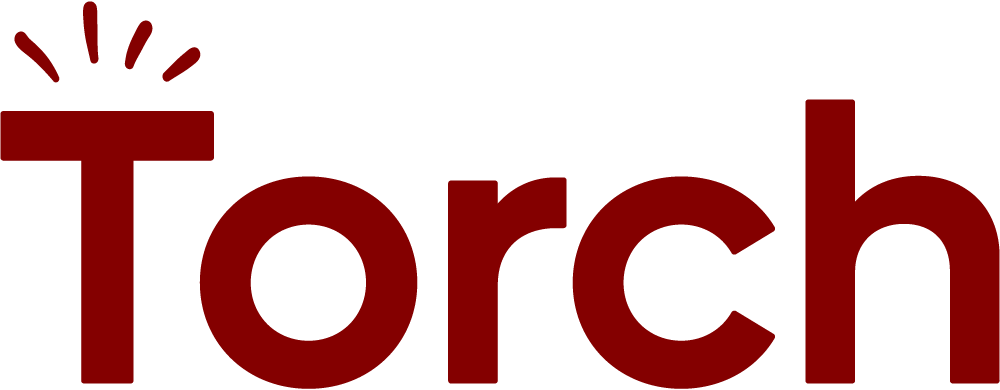Of the dozens of challenging skills you’re expected to learn as a leader – empathy, emotional regulation, leading through uncertainty – there’s one that may seem deceptively straightforward: designing structure for your teams. Decades of research supports the idea that high-performing teams and organizations are helmed by leaders who set goals, expectations and timelines and hold individuals and teams accountable for their performance (all elements of how we define structure at Torch).
But what makes a leader great at providing structure is more complex than simply mastering the art of developing complicated Gantt charts, or providing quality feedback during a performance review (even though those are enviable skills, to be sure). The other qualities of structured leaders become clearer when we ask a basic question: what’s the point of designing structure for teams and individuals?
Why Structure Matters: It Maps to Purpose
The surface-level answer: structure helps people stay aligned with team and organizational objectives, to execute their work faster and more effectively. Underneath this layer are others. Done well, creating structure also helps individuals find meaning in their work by connecting it to a larger purpose, and can build trust and strengthen relationships.
“The way we structure and design our team members’ work directly influences how meaningful it is,” writes Rachel Pacheco, the management author and Wharton Business School lecturer, in her book Bringing Up the Boss.
How are structure, meaning and purpose connected, exactly?
Pacheco cites organizational psychologist Richard Hackman’s five design choices that, when used to structure a job, can “increase the sense of purpose and fulfillment someone has in their job” along with increasing “their motivation and overall satisfaction at work.”
Those choices are:
- Skill variety
- Task identity
- Task significance
- Autonomy
- Feedback (and you can learn more about each one here).
The gist is that the more you can help design tasks and projects where individuals can do a variety of things, get feedback on the results and impact of their work, feel a sense of ownership over it, and see how it’s impacting the lives of others, the more engaged they’ll be. This sense of purpose and fulfillment may make it easier for them to find meaning in the work that they are doing.
Beyond these design features, Hackman’s research has also pointed to key conditions that support team effectiveness overall, emphasizing the importance of structure that encourages collaboration, and a clearly defined purpose that gives the work larger meaning.
Structure can also be a conduit for building trust. Teams where each member knows their role, what’s expected of them, and knows that they and others will be held accountable for their work, are teams where it’s easier to trust that your teammate will do what they say they’re going to do. And trust is a key ingredient for strengthening relationships. Perhaps unsurprisingly, a focus on cultivating b relationships is one of the most important qualities of high-performing teams, according to recent research conducted by social psychologist Ron Friedman and the company Front.
Taken together, there’s a larger takeaway from all of this research: Designing structure for teams is about not only considering the inputs – the tasks, the timelines, the expectations – but also considering the desired outcomes: building trust, and helping team members discover a greater sense of meaning and purpose.
What are the consequences of neglecting these outcomes? Simply put – your people might try to find that sense of purpose and meaning elsewhere. Indeed, research has suggested that a sense of purpose is linked to retention. While that isn’t necessarily a problem on its own, ideally, your people would be able to find meaning and purpose both inside and outside of work.

A recent McKinsey study found that 70 percent of employees said their sense of purpose is mostly defined by their jobs, but only 15 percent of frontline managers and frontline employees agreed that they were living their purpose during their day-to-day work ( compared with 85 percent of executives and upper management). Nearly half of those employees disagreed with the statement. Sixty-three percent of those surveyed said they wanted their employer to give them more opportunities to connect their work to a larger sense of purpose.
Becoming a Structured Leader
If you’d like to become a more structured leader, rest assured that you’re not alone. Indeed, structure is the most common learning goal among Torch coachees,(with 14 percent of users selecting it as a goal). As part of the Torch 360 assessment, a Torch coachee asks a set of coworkers to assess them on nine different leadership skills. When the analysis shows that a skill is a hidden strength, this means coworkers assessed the coachee as being ber in that skill than the coachee’s self-assessment. , Structure is also the most common hidden strength (24 percent of users) according to our 360 assessment data.
So how do you start to build the skills of structure?
According to McKinsey, a key part of helping direct reports discover their own sense of meaning and purpose starts with sharing your sense of purpose with them, and cultivating an environment of psychological safety that allows them to feel comfortable sharing with you.
But perhaps you’re not clear on why you get up and do your work every day – what you find makes your work meaningful and creates a sense of day-to-day purpose. For those who are still figuring this out, intentional conversations with coaches, mentors, or trusted advisors can help you develop greater self-awareness, and even be inspired by the meaning that others have found in their work.
As a leader or manager, you can also create an environment that prioritizes building trusted relationships. That means modeling and encouraging behaviors like consistently expressing appreciation for the work teammates do, leaving time on team calls for check-ins on someone’s life outside of work, and, if possible, finding time to see teammates in real life.

